Most of the large dinosaurs were herbivores. Their teeth were flat and straight, without serrations, and could only be used for chewing. The shape and size of their teeth depended on the plants they ate. Sound amazing? Next, let’s take a look at the top ten herbivorous dinosaurs with the editor.
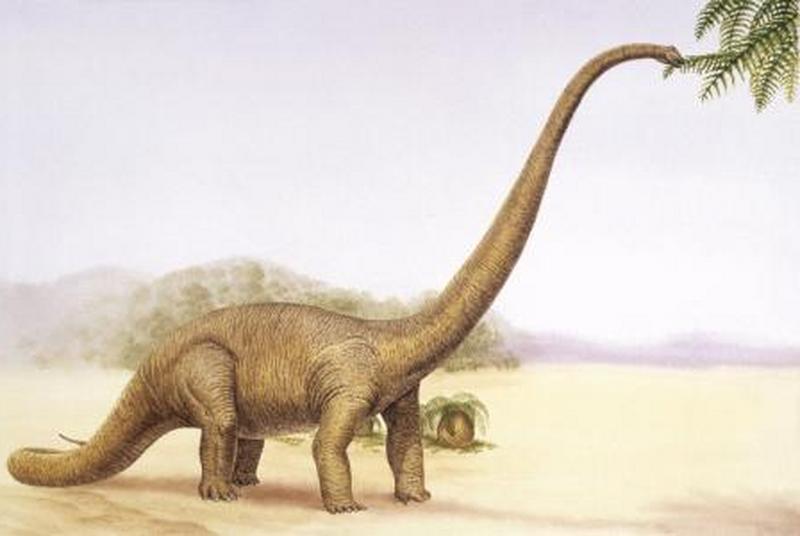
1. Mamenchisaurus
Has the longest neck in the world
Mamenchisaurus is one of the largest sauropod dinosaurs discovered in China. Its fossils were found at the Maming River Ferry in Yibin City. After scientific identification, they belong to the order of sauropods. This animal is about 22 meters long and nearly 7 meters high. Swarms of Mamenchisaurus traveled through the forest, using their small, spike-like teeth to gnaw on leaves and twigs at the tops of trees that other dinosaurs couldn't reach.
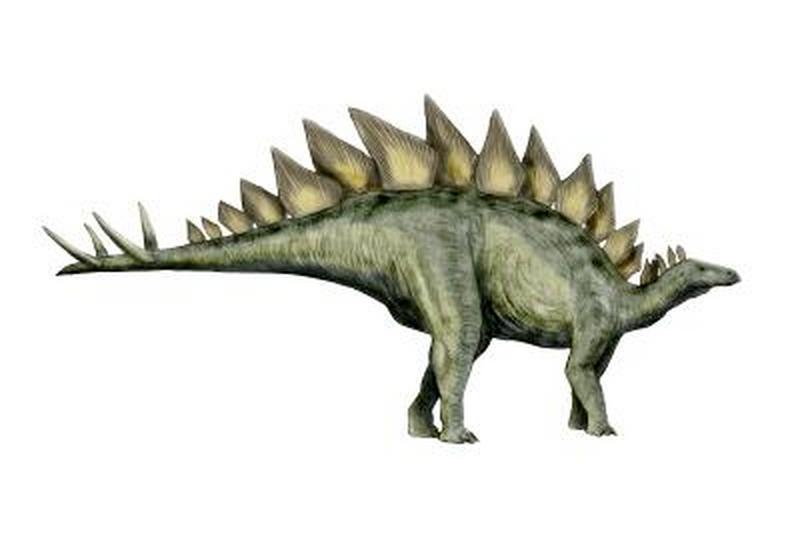
2. Stegosaurus
One of the most widely known dinosaurs
Stegosaurus is a huge herbivorous dinosaur that lived in the late Jurassic. It had a row of huge bony plates on its back and a dangerous tail with four spikes for defense. The Predator Strike is approximately 7-9 meters long, 2.35 to 3.5 meters tall, and weighs 2 to 4 tons. They live on the plains and live in nomadic groups with other herbivores (such as Diplodocus).
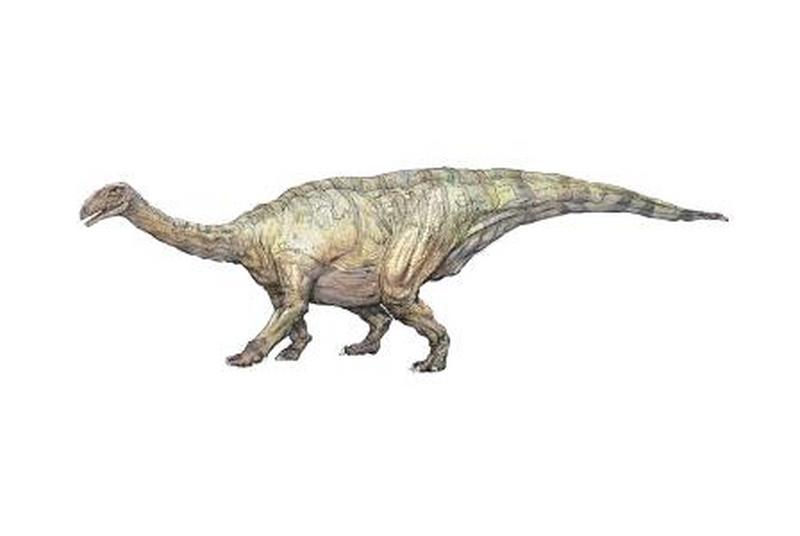
3. Plateosaurus
Earth's first plant-eating giant dinosaur
Plateosaurus means "flat reptile" and is an ancient dinosaur that lived in the Late Triassic 210 million years ago. With a body length of 6-8 meters, a height of 3.6 meters, and a weight of about 5 tons, Plateosaurus is the most famous prosauropod dinosaur and one of the most common dinosaurs in Europe. It eats all kinds of plants and leaves.
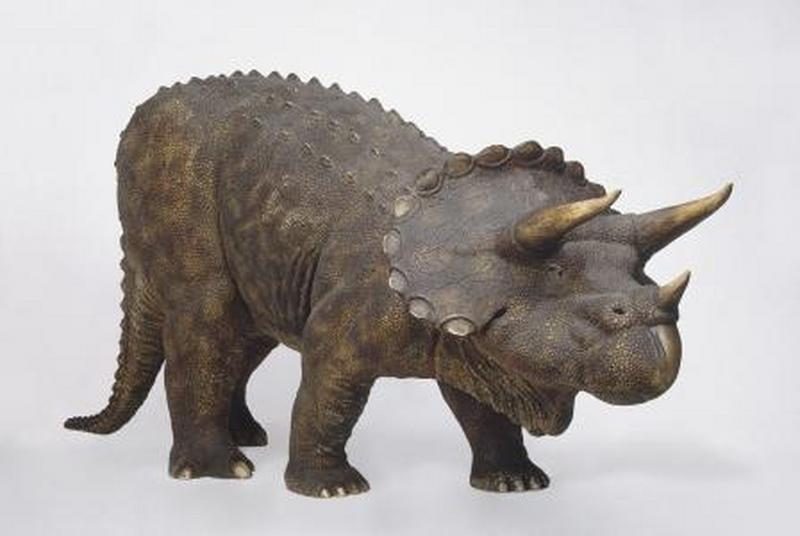
4. Triceratops
Representative fossils from the Late Cretaceous
Triceratops is a genus of herbivorous dinosaurs in the family Ceratopsidae of the order Ornithischia. Its fossils were found in the Late Maastrichtian strata of the Late Cretaceous period in North America, about 68 million to 65 million years ago. . Triceratops is one of the latest dinosaurs to appear. It is a herbivore, but it may also use its head horns, beak-like mouth, and body to knock down taller vegetation to eat.
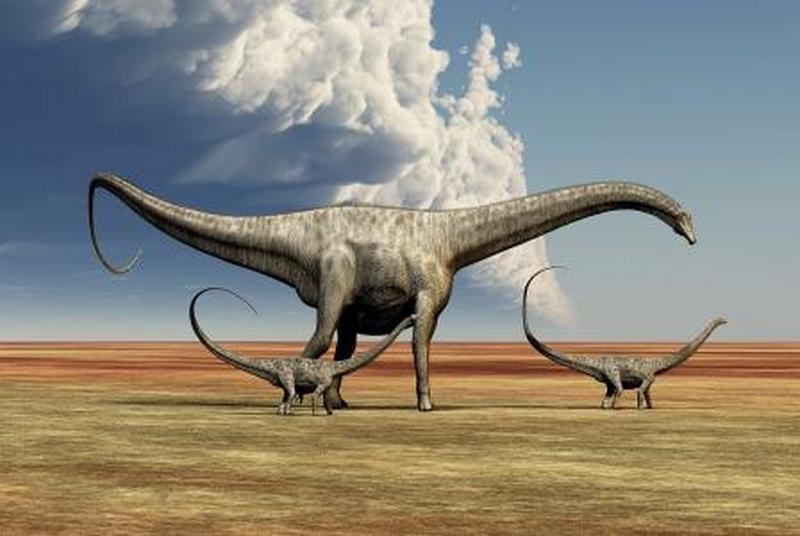
5. Diplodocus
One of the easiest dinosaurs to identify
Diplodocus is a genus of dinosaur in the family Diplodocidae. Its skeleton was first discovered by Samuel Wendell Williston. Diplodocus lived in western North America at the end of the Jurassic period, dating back to 150 to 147 million years ago. Individuals can be over 30 meters long and weigh about 10 tons. The nostrils are located above the eyes. Their necks cannot be raised, presumably to expand the eating area in situ.
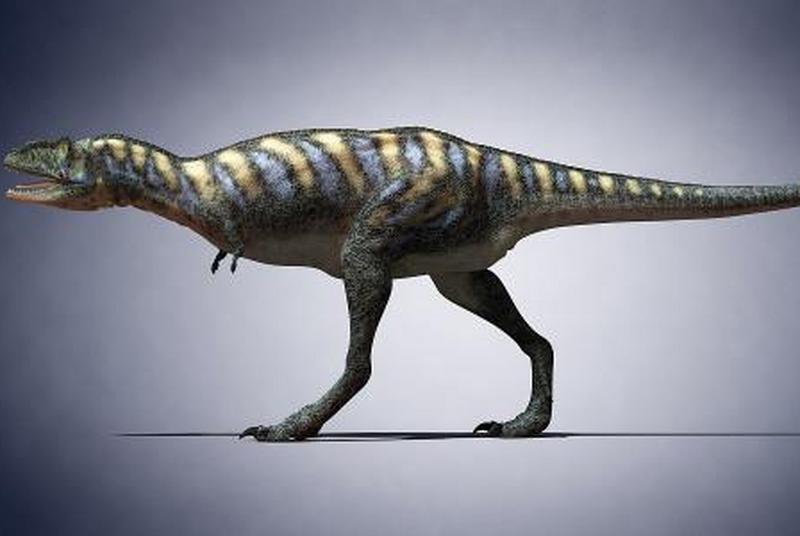
6. Apatosaurus
One of the largest creatures on land
Apatosaurus, a genus of Apatosaurus in the family Diplodocidae, including A. ajax and A. louisae, is a relatively gentle herbivore that lived in dwarfs about 150 million years ago. Luo Ji, about 4.5 meters tall at the hip. It probably lived in plains and forests, and probably traveled in groups.
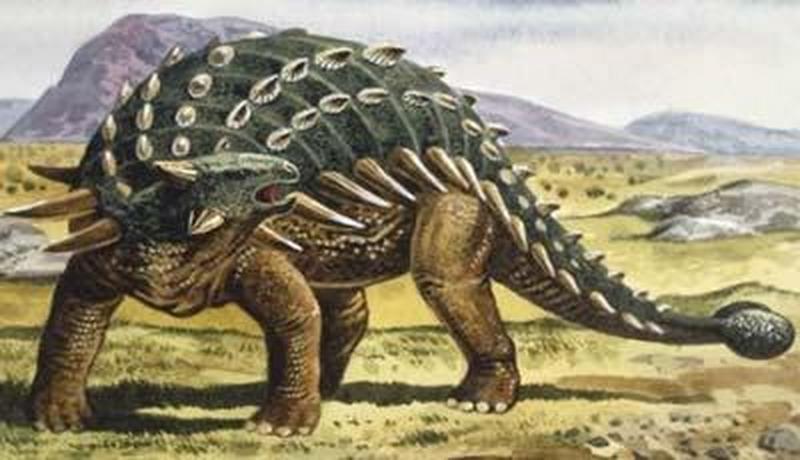
7. Ankylosaurus
Armored dinosaur prototype
Ankylosaurus (genus name Ankylosaurus) means "strong lizard" and its age belongs to the end of the Cretaceous period. Ankylosaurus is a type of dinosaur that feeds on plants and is covered in "armor". They are generally five or six meters long. Their hind limbs are longer than their front limbs. Their bodies are bulky and they can only crawl slowly on the ground with their limbs. They look a bit like tanks, so some people call them tank dragons.
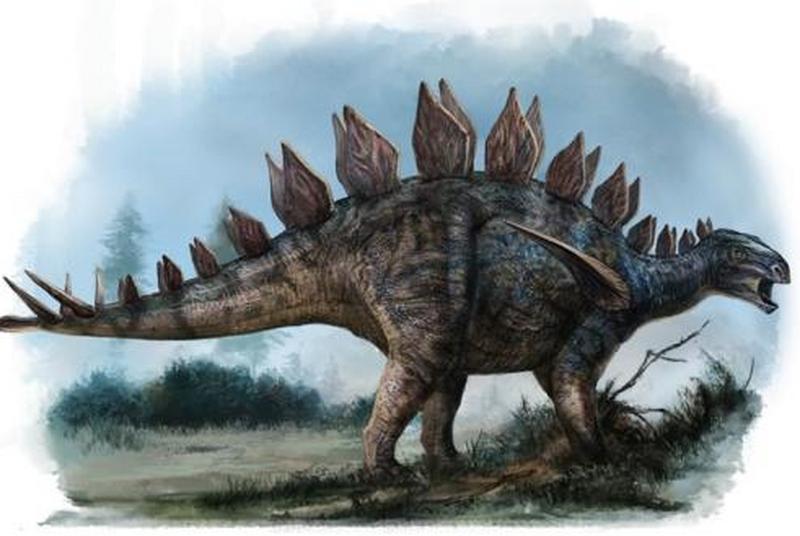
8. Huayang Dragon
China's earliest stegosaurus
Huayangosaurus (genus name: Huayangosaurus) is a stegosaurus dinosaur that survived in the Middle Jurassic in China. Its name comes from the alias "Huayang" in Sichuan Province where it was discovered. Huayangosaurus lived 165 million years ago, predating their famous relatives Stegosaurus that lived in North America by about 20 million years. Huayanglong is relatively short and can only eat low plants near the ground.
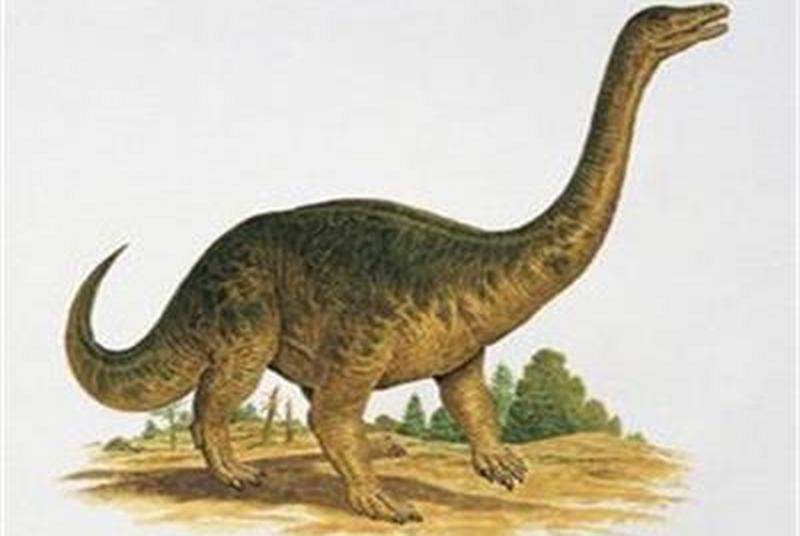
9. Riojaron
Riohalosauridae is the only species living in South America.
Riojasaurus (genus name: Riojasaurus) means "Rioja lizard". It is a herbivorous prosauropod dinosaur named after the Argentine province of La Rioja and named by José Bonaparte. discovered. Riojasaurus is a herbivorous dinosaur, also called a herbivorous dinosaur. It mainly feeds on plants, including various ferns and leaves.
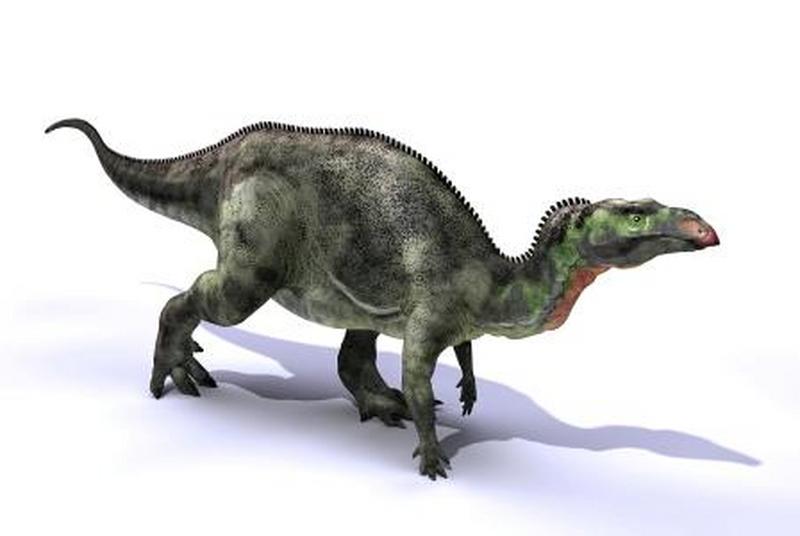
10. Bentosaurus
Can walk on both fours and two feet
Camptosaurus was huge, very similar to Iguanodon, with a small skull, short forelimbs, and long hind limbs. It was distributed in western Europe and the western United States. Due to its bulky body, it may move slowly. It spent most of its time on all fours and ate in low places. plants, but it can also stand upright on its hind legs to eat plants growing at higher places or to avoid natural enemies.
animal tags: Herbivory dinosaur fossil Mamenchisaurus Stegosaurus Plateosaurus Triceratops Diplodocus Apatosaurus Huayangosaurus Riojasaurus Camptosaurus Iguanodon Cretaceous
We created this article in conjunction with AI technology, then made sure it was fact-checked and edited by a Animals Top editor.